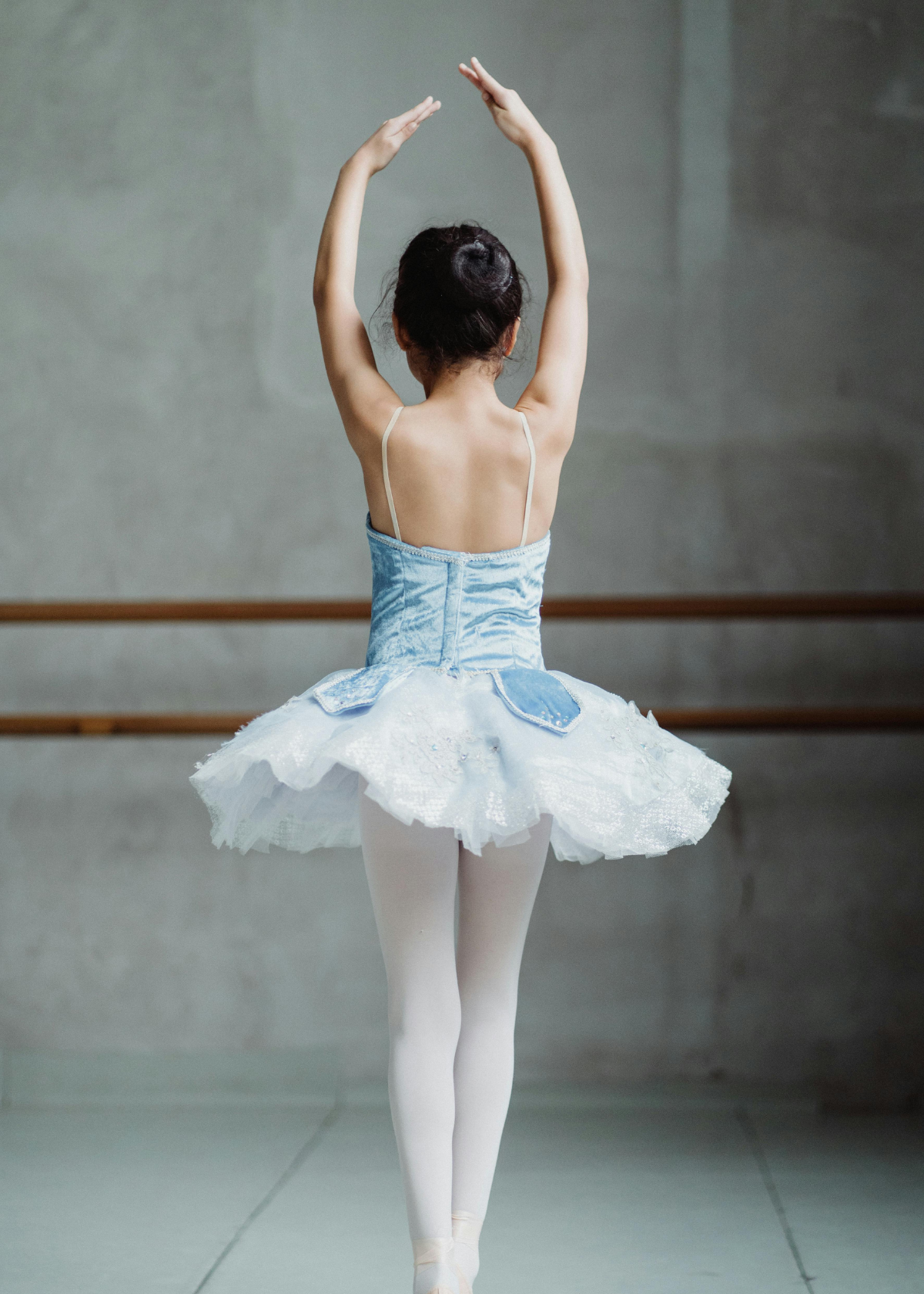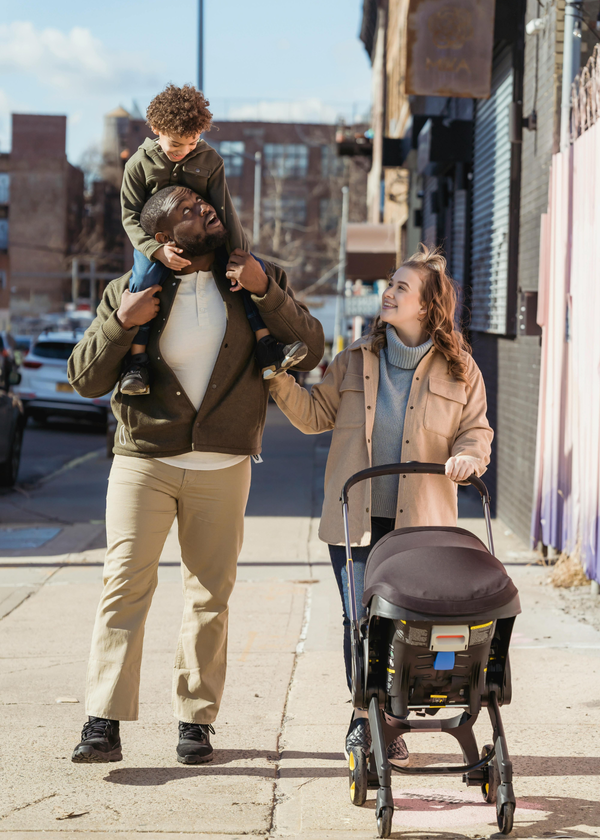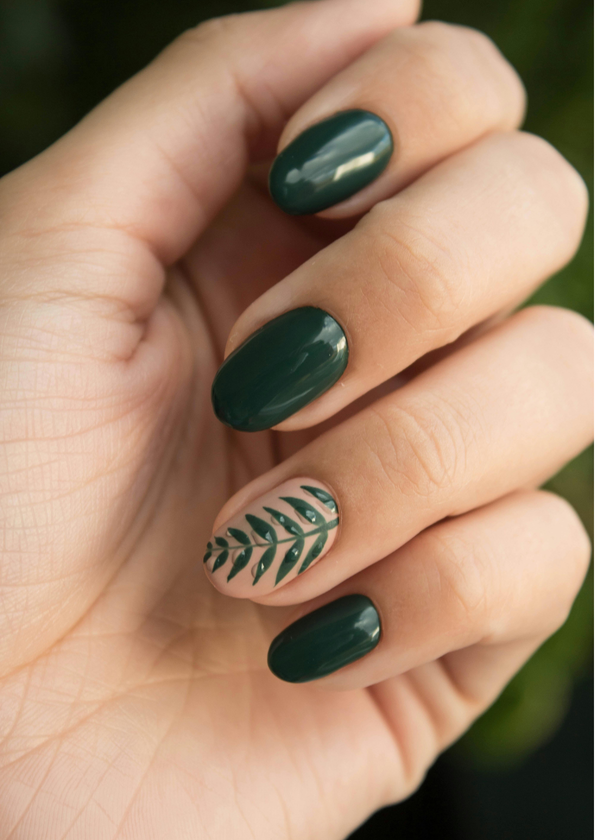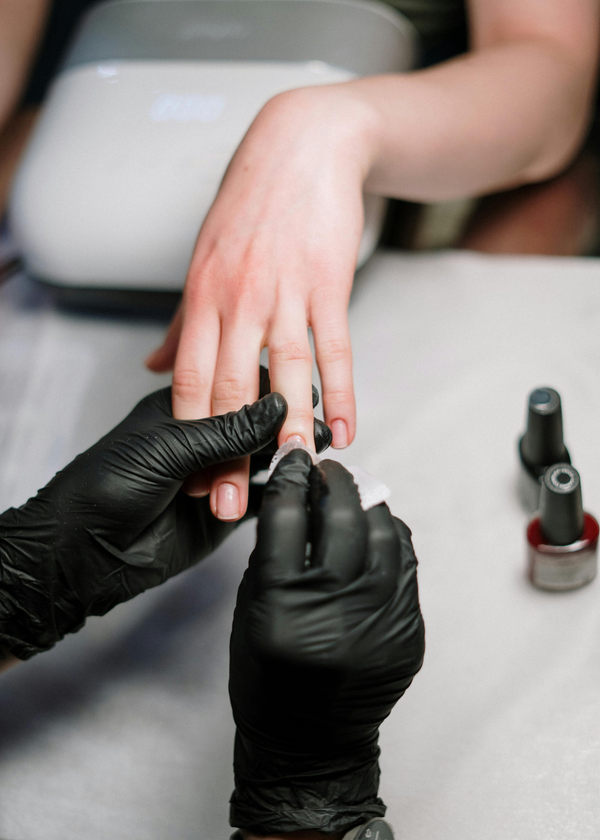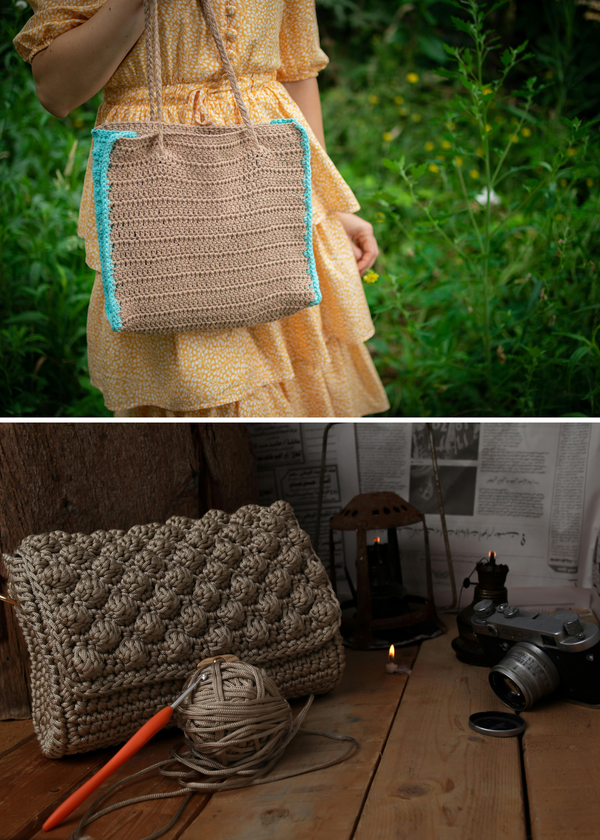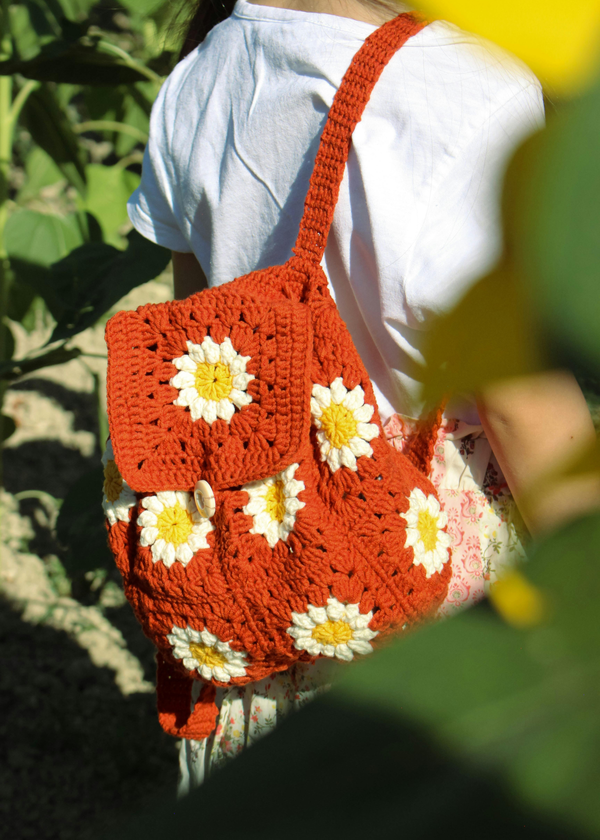Ballet flats, those cute, versatile shoes that slip on effortlessly and seem to pair perfectly with every outfit, might not be as foot-friendly as you think. Despite their popularity, many podiatrists are not fans of these stylish staples. Let's dive into why these seemingly harmless shoes might be a nightmare for your feet.
The Lack of Support and Cushioning
Ballet flats are often designed with minimalistic aesthetics in mind, which unfortunately means skimping on features essential for foot health, such as arch support and adequate cushioning.
This lack of support can lead to over pronation, where the arch of the foot collapses and rolls inward excessively when walking. Over time, this can cause a myriad of issues, including plantar fasciitis, a painful inflammation of the tissue that runs along the bottom of your foot.
Moreover, the thin soles of classic ballet flats fail to absorb shock effectively, forcing the feet to take the brunt of impact with every step. This can escalate heel pain and lead to conditions like shin splints, especially if you're wearing these flats for long periods or walking on hard surfaces.
The Hidden Dangers of Stilettos and High Heels
High heels, often seen as the epitome of style and femininity, can be a podiatrist's nightmare. While they might elevate your outfit, they also elevate your risk of foot issues. Wearing high heels forces your feet into an unnatural position, stressing your ankles and leading to potential injuries.
The pressure on the front of your foot can cause blisters, calluses, and even deformities over time. It's a classic case of beauty pain, where the shoes that make you feel good at the moment can lead to discomfort down the line.
Moreover, the long-term effects of regularly wearing stilettos can be even more severe. These shoes can shorten the Achilles tendon due to the constant angle at which the foot is held.
This can lead to stiffness and pain, not just in the feet, but also in the calves. For those who wear heels frequently, switching to flats or more comfortable shoes abruptly can actually cause pain and discomfort, as the Achilles tendon has adjusted to a certain length and needs time to adapt to a flatter sole.
The Perils of Wearing Flip Flops
Flip flops might be the poster child for summer ease, but they're also a podiatrist's nightmare. These lightweight sandals offer almost no support to the foot's arch, leading to potential problems like plantar fasciitis or tendonitis.
The thin, flat sole does little to cushion your step, forcing your feet to compensate by altering your walking pattern, which can lead to issues in your feet, hips, and even your back. It's a classic case of comfort in the short term leading to discomfort in the long run.
Moreover, the very design of flip flops increases the risk of tripping or stumbling. With only a thin strap holding the entire shoe on your foot, it's easy for them to slip off or move out of place as you walk.
This instability can cause you to twist an ankle or even fall, particularly on uneven surfaces. For those who think they're making a safe, breezy choice with a pair of flip flops, it might be time to think again. They're a prime example of when saving in the comfort department can lead to costly consequences.
The False Economy of Owning Only One Pair of Shoes
Owning just one pair of shoes might seem like a minimalist's dream, but it's a decision that can lead to significant foot health issues. Wearing the same pair of shoes every day doesn't allow them the time to air out and recover from the moisture and stress of daily wear, which can shorten their lifespan and lead to the development of bacteria and odors.
Additionally, no single pair of shoes can be optimally designed for all activities and types of weather, which puts unnecessary stress on both the shoes and your feet.
Furthermore, relying on one pair of shoes means they will wear out much faster, requiring replacements more frequently than if you rotated among several pairs. This can actually be more expensive in the long run.
Also, different activities require different types of support and cushioning—what works for a day at the office in ballet flats will not support you on a weekend hike. By rotating shoes, you not only extend the life of each pair but also provide your feet with the necessary variety to avoid injuries and discomfort.
Why Switching to Running Shoes Can Be a Game Changer
Switching to running shoes from ballet flats or high heels can feel like stepping on clouds. Running shoes are designed with the sole purpose of providing support and cushioning to absorb impact, making them one of the most comfortable shoes available.
They are typically equipped with thick, soft soles and additional support that helps in distributing body weight evenly, which reduces strain on any single part of the foot. This design helps in preventing injuries related to impact and repetitive stress, making them ideal for everyday wear, not just for running.
For individuals with specific foot conditions like plantar fasciitis or wide feet, running shoes can offer significant relief. The extra cushioning helps in supporting the plantar fascia, the thick band of tissue that runs across the bottom of your foot, reducing pain and discomfort.
Additionally, many running shoes come with options for wider toe boxes, which provide ample space for wide feet, preventing the common issues of blisters and calluses. This shift not only aids in foot health but also enhances overall comfort, making every step feel fine and light.
Exacerbating Existing Foot Problems
For individuals with existing foot issues such as high arches, flat feet, or bunions, ballet flats can make these conditions worse.
The narrow toe box common in many ballet flats can squeeze the toes together, exacerbating problems like bunions and corns. This cramped space can restrict movement and lead to discomfort and additional foot deformities over time.
Furthermore, the lack of ankle support in ballet flats can increase the risk of ankle sprains. The soft, flexible nature of the shoes means they offer little resistance against sudden twists or turns, common occurrences that can lead to injuries when the foot is not adequately supported.
Better Alternatives for Foot Health
Switching to footwear that offers more support can significantly improve foot health. Sneakers, for instance, are generally a safer bet as they are designed with foot mechanics in mind. They often feature thicker soles that provide better shock absorption and have structured cushioning to support the arches and heels. For those who need additional support, orthotic inserts can be used with sneakers to help distribute pressure evenly across the foot.
Another good option is footwear designed specifically for foot issues. Shoes with built-in arch support, a roomy toe box, and firm heel counters can be beneficial for those with specific foot problems. These features help stabilize the foot and prevent conditions such as plantar fasciitis and bunions from worsening.
FAQs
Q: Can I never wear ballet flats if I want to keep my feet healthy?
A: While it's best to limit the time spent in ballet flats, wearing them occasionally and for short periods might not cause significant harm. Consider choosing ballet flats with more support and cushioning if available.
Q: What are some foot problems that can be caused by wearing ballet flats?
A: Wearing ballet flats can lead to or exacerbate plantar fasciitis, bunions, corns, heel pain, shin splints, and ankle sprains due to insufficient support and cushioning.
Q: Are there any ballet flats that are better for foot health?
A: Look for ballet flats that offer more support, such as those with thicker soles, some arch support, and made from breathable materials. Some brands now focus on creating more ergonomically designed flats that are better suited for foot health.
Summary
While ballet flats might win in the style and convenience departments, they are often the worst offenders in terms of foot health. Offering little in the way of support, cushioning, or protection, these fashionable shoes can lead to or exacerbate foot problems.
Podiatrists recommend opting for shoes that provide adequate support and cushioning to maintain healthy feet. Remember, when it comes to footwear, it's better to choose function over fashion to keep your feet happy and healthy.


